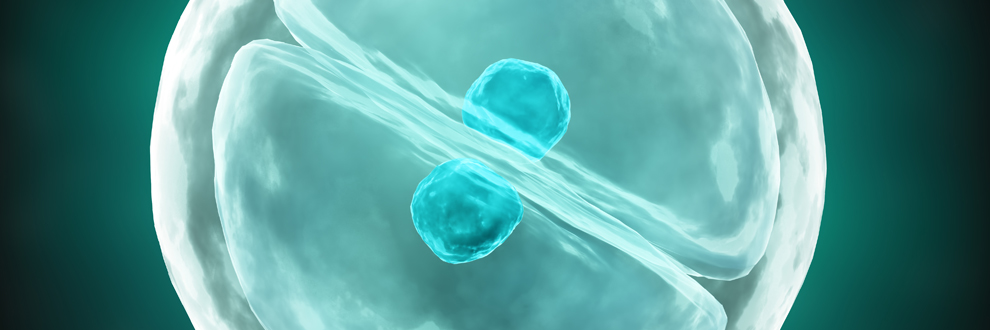
Molecular mechanisms for cellular quality control
14 December
h. 12.30
Room G16
Rivka Isaacson
King’s College London
In the crowded environment of the cell, quality control mechanisms are vital. Proteins that are obsolete or have strayed from their operative environments must be recycled or rehoused. When hydrophobic proteins are, for any reason, exposed to the cytosol they are rapidly captured by protective complexes which shield them from the aqueous surroundings and decide their fate (by either targeting them to their correct membrane homes or marking them for degradation by the ubiquitin/proteasome system). The BAG6 holdase is a heterotrimeric protein complex, comprising BAG6, UBL4a and TRC35, which works closely with the cochaperone SGTA to triage hydrophobic proteins and pass them along the appropriate pathway. SGTA also interacts with viral proteins and hormone receptors and is upregulated in numerous cancer types. These functions require further investigation to determine the scope of SGTA as a therapeutic target. Our lab has solved the solution structure of the N-terminal dimerization domain of SGTA and characterised its interaction with two different ubiquitin-like (UBL) domains in the BAG6 holdase (one from UBL4A and the other from BAG6 itself) using NMR chemical shift perturbation data and other biophysical techniques including ITC and MST. Very recently we have solved the structure of an E3 ligase that interacts with this system and I will present our latest results as well as some recent biophysical studies on gene regulation in bacteria. We continue to structurally characterise further key players that participate in these processes, with the aim of clarifying the intricate network of molecular interactions that governs these processes in health and disease.
